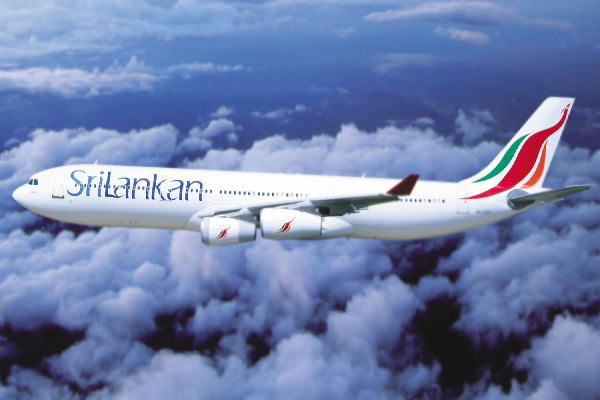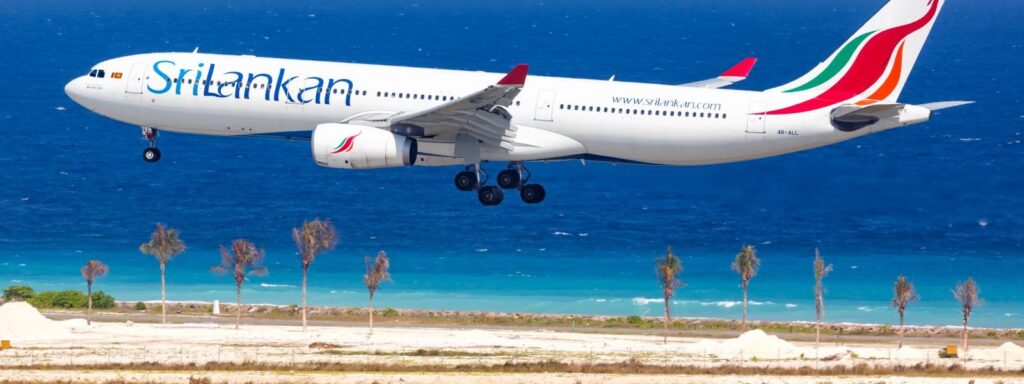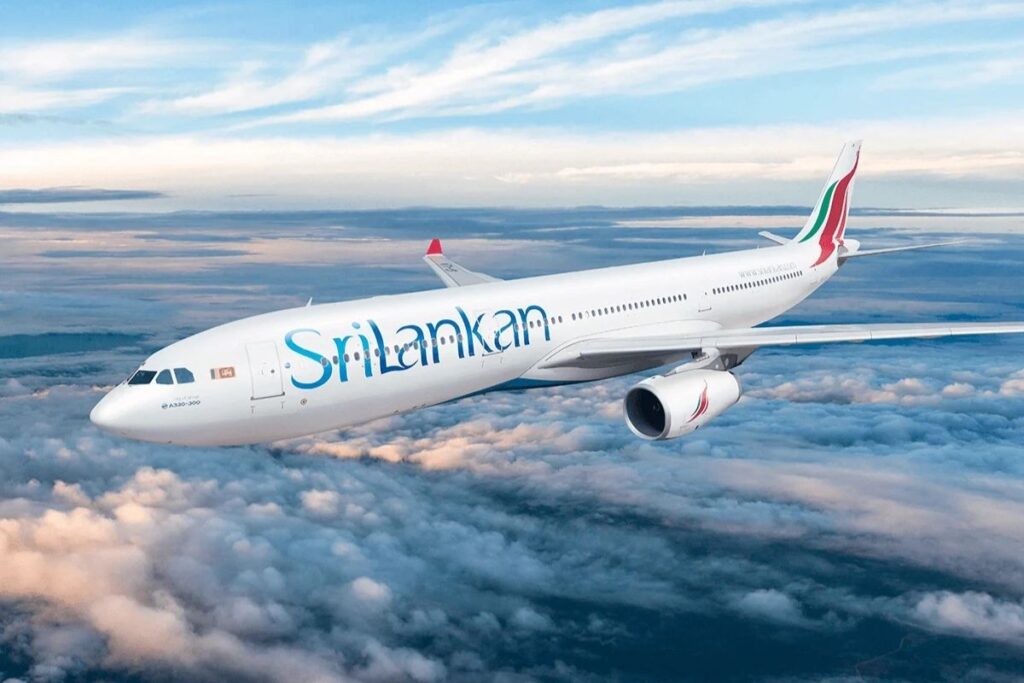Sri Lanka’s ongoing fuel crisis resumes wreaking havoc across the country. National carrier SriLankan Airlines and international airlines have made drastic cuts to their schedule due to a shortage of jet fuel. We take a closer look at the situation below.
Sri Lanka
Fuel supplies across Sri Lanka are dwindling rapidly due to a national economic downturn, leading to massive issues across the country. One severely impacted place is the aviation industry, with airlines making significant cuts to their schedules.
Sri Lanka’s Civil Aviation Authority asked that airlines carry enough jet fuel for their return journey from June 28th as airports are not capable to meet requirements.

“We can’t go on like this, but temporarily airlines can bring their rescue fuel and Sri Lankan can fuel at their onward destinations. For these factors, I don’t think airlines can resume for a long period. But for the time being, all airlines will look to handle the situation.”
On Sunday, Sri Lankan energy minister Kanchana Wijesekera warned there is only a day’s value of fuel left, with jet fuel reserves critically low as Sri Lanka’s oil and gas company – Ceylon Petroleum Corporation (CPC) – struggles to import enough to keep up with demand.
The Sri Lankan government has permitted private companies to import jet fuel, temporarily ending the CPC’s monopoly.
Bandaranaike International Airport
Sri Lanka’s main international airport, Bandaranaike International Airport, has the capacity for 7.8 million liters of Jet-A1 fuel. However, the airport has handled confirmed an average of just 250,000 liters per day.
Sri Lanka defaulted on its $51 billion foreign debt in April and is now facing severe inflation, plunging the country into its worst economic crisis in over 70 years.

Which airlines are impacted?
Under the recent circumstances, airlines have a couple of options open to them if they want to work services to Sri Lanka. The first option is to fly with enough fuel on board to cover the return travel, a movement known as ‘tinkering.’
This isn’t ideal for airlines, as it not only entails working for a heavier (and thus more fuel-inefficient) flight, but it also means sacrificing belly cargo capacity and losing out on lucrative revenue.
The second option is to land at a foreign airport to fill up on fuel. This is also an inconvenience as it will incur extra prices and lead to longer flight times and crew working hours.
Also, read
- Akasa Air conducts Test Flight for Route Approval using Band new Boeing 737 Max | LIVE Updates
- IndiGo and Turkish Airlines have resumed their codeshare cooperation
- ZeroAvia To Develop Powertrain For Otto Aviation’s Celera Aircraft
Several carriers, including Sri Lankan Airlines, Air Arabia, and Jazeera Airways, have utilized Kochi Airport in South India as a refueling base before continuing to Sri Lanka.
Low-cost carriers, including IndiGo, Vistara, and flydubai, have been particularly affected by the recent situation. These airlines operate narrowbodies that have limited fuel capacities, making alternative fuel deals more complicated.

Flag carrier SriLankan Airlines has warned of significant cuts to its schedule over the next two weeks due to the fuel shortage. Sri Lankan management sent out an internal memo saying that its operations will be impacted until at least July 18th.
The airline claims to have run out of jet fuel reserves on June 29th and tells that jet fuel imports won’t come for at least a couple of weeks.
Thank you
Stay updated with aviationa2z. com
Join our Telegram group for latest updates
